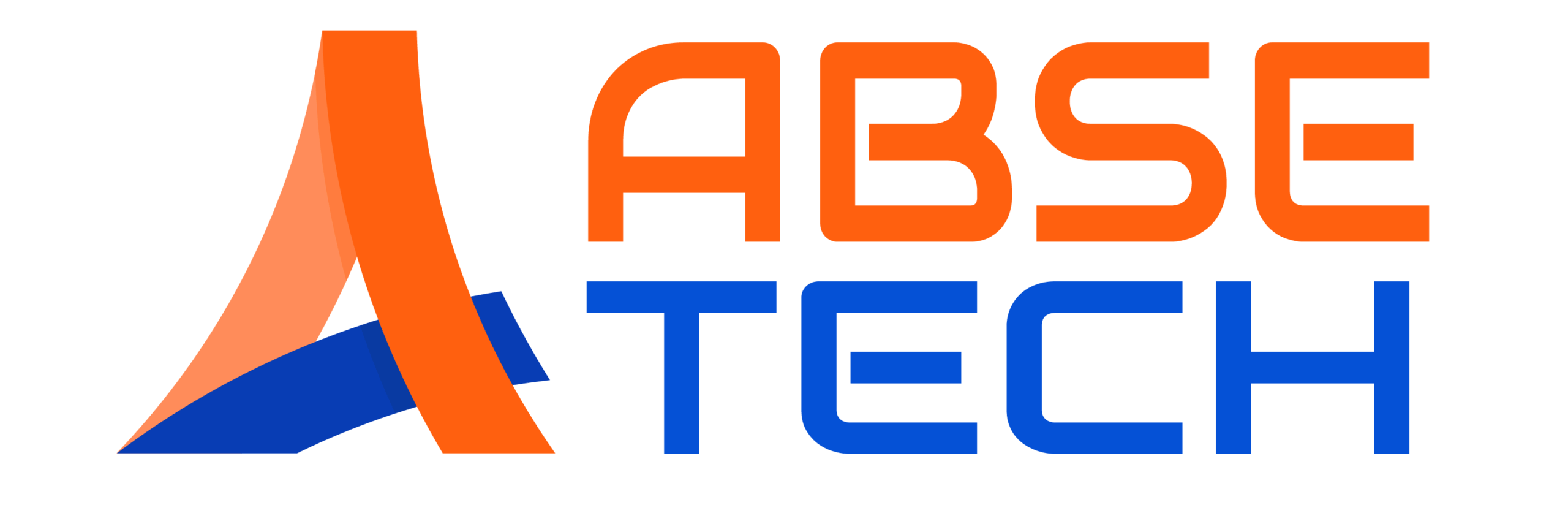Introduction
Mobile applications have become a vital part of modern life. From shopping and banking to fitness and entertainment, apps shape how people interact with the digital world. For businesses, investing in mobile app development services is no longer optional, it’s a necessity.
However, building an app is not just about adding features. The true challenge lies in creating an application that users actually love and continue to use. In this article, we’ll explore the key steps in the mobile app development process and explain how businesses can create apps that deliver lasting value.
Why User-Centric Apps Matter
Today’s users have endless options. If your app is slow, confusing, or unhelpful, users will uninstall it immediately and move on to a competitor. That is why user experience (UX) is at the heart of successful app development.
Apps that people love share three qualities:
- Simplicity: Easy to navigate with minimal learning curves.
- Reliability: Consistent performance without bugs or crashes.
- Engagement: Features that solve real problems and provide value.
Transitioning to a user-first mindset ensures your app is not just downloaded, but actively used and recommended.
Step 1: Define Your Goal and Audience
Every great app starts with a clear purpose. Before writing a single line of code, businesses should define:
- What problem will the app solve?
- Who the target audience is.
- How the app stands out from competitors.
Understanding user demographics, preferences, and pain points is essential. For example, an app targeting young professionals should prioritize speed and convenience, while an app for seniors should focus on simplicity and larger text.
Step 2: Plan the Features Carefully
When it comes to features, less is often more. A common mistake is trying to include too many functions in the first version. Instead, start with an MVP (Minimum Viable Product) that offers core features users need most.
Key features for user-friendly apps often include:
- Intuitive navigation.
- Secure login and payment options.
- Push notifications that add value (not spam).
- Personalization based on user preferences.
Adding features gradually ensures the app remains clean, simple, and easy to use.
Step 3: Focus on User-Friendly App Design
Design plays a critical role in building an app that users love. An attractive interface combined with smooth functionality enhances the user journey.
App design best practices include:
- Using a clean, consistent layout.
- Choosing colors and fonts that align with brand identity.
- Ensuring interactive elements (buttons, icons) are easy to tap.
- Following accessibility guidelines for inclusivity.
Transitioning from design to development becomes smoother when wireframes and prototypes are tested early with real users.
Step 4: Prioritize Performance and Speed
No matter how beautiful an app looks, slow performance will frustrate users. Optimizing speed is one of the most important steps in the mobile app development process.
To achieve this, developers should:
- Optimize code and reduce unnecessary elements.
- Use cloud-based backends for scalability.
- Test across multiple devices and operating systems.
Fast load times and responsive design create positive first impressions and encourage users to keep using the app.
Step 5: Build for Both iOS and Android
In today’s market, businesses cannot afford to target only one platform. Building apps for both iOS and Android ensures wider reach and accessibility.
Cross-platform frameworks like Flutter and React Native allow developers to create apps that work on multiple operating systems with a single codebase. This reduces costs while maintaining high-quality performance.
Step 6: Test Rigorously Before Launch
Testing is essential to ensure the app meets user expectations. Manual and automated testing should be performed at every stage of development.
Important tests include:
- Functionality testing: Verifies that all features work as intended.
- Usability testing: Ensures the app is intuitive for real users.
- Performance testing: Measures speed and scalability under heavy use.
- Security testing: Protects user data against threats.
A well-tested app is more likely to gain positive reviews and long-term success.
Step 7: Gather Feedback and Improve Continuously
Launching the app is only the beginning. Successful apps evolve with user needs and market trends. Gathering feedback through app store reviews, in-app surveys, and analytics is critical for improvement.
Regular updates that fix bugs, improve features, and add new value keep users engaged. Transitioning from launch to continuous growth ensures your app stays relevant in 2025 and beyond.
The Role of Emerging Technologies
To stay competitive, businesses should consider integrating emerging technologies:
- AI and Machine Learning: Personalize user experiences with smart recommendations.
- Voice Search Integration: Make apps more accessible and hands-free.
- Augmented Reality (AR): Create immersive shopping and gaming experiences.
- Blockchain: Improve app security and enable transparent transactions.
By adopting these innovations, businesses can create cutting-edge apps that users truly love.
Benefits of Building User-Centric Apps
Focusing on the user experience offers long-term benefits:
- Higher retention rates.
- Increased revenue through in-app purchases or subscriptions.
- Better reviews and app store rankings.
- Stronger customer loyalty and brand reputation.
In short, a user-first mobile app development strategy directly impacts business growth.
Why Partner with ABSE Tech
At ABSE Tech, we specialize in creating custom mobile apps that users love. Our services include:
- End-to-end mobile app development.
- User experience (UX) and user interface (UI) design.
- Cross-platform development with Flutter and React Native.
- Rigorous testing for quality and security.
- Continuous updates and long-term support.
We combine technology expertise with business insight to deliver mobile apps that not only meet but exceed user expectations.
Final Thoughts
Building an app that users love requires more than just good coding. It involves clear planning, thoughtful design, seamless performance, and ongoing improvement. Businesses that invest in user-focused mobile app development services will see stronger customer loyalty and greater long-term returns.
As the mobile landscape continues to evolve, the future belongs to apps that solve real problems while delivering delightful experiences.
Are you ready to build a mobile app that your customers will truly love? At ABSE Tech, we transform ideas into powerful, user-friendly mobile apps that drive growth and engagement. Let us help you create an app that stands out in today’s competitive market.
Head Office: 18000 Pioneer Blvd, Suite #203, Artesia, CA 90701
Phone: +1 (562) 513-6250
Email: absetech@gmail.com , info@absetech.com
Website: absetech.com
Contact ABSE Tech today and start building the mobile app your users will love.



